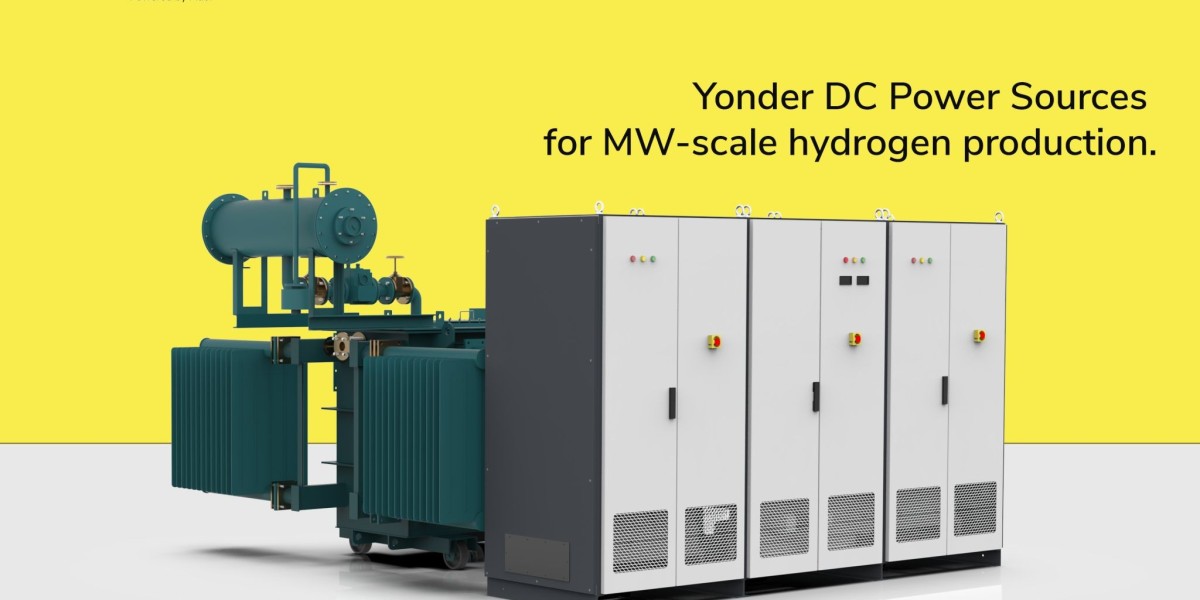AC-DC rectifiers are essential electronic devices that convert alternating current (AC) into direct current (DC). This conversion is crucial for powering electronic devices and systems that require a stable and constant DC voltage. Understanding the principle behind rectifiers involves examining how they manage the flow of electric current to achieve this conversion.
Basic Principle of Rectification
Rectification is the process of converting AC into DC. The principle behind rectifiers relies on the use of semiconductor devices, such as diodes, to control the direction of current flow. Here’s a step-by-step explanation of the principle:
- AC and DC Basics:
- Alternating Current (AC): AC is an electric current that reverses direction periodically. It is the type of current supplied by power grids and used in most household appliances.
- Direct Current (DC): DC flows in a single direction and provides a constant voltage. It is required by many electronic devices and battery-powered equipment.
- Role of Diodes:
- Diodes: Diodes are semiconductor devices that allow current to flow in only one direction. They have two terminals: the anode and the cathode. When the anode is positive relative to the cathode, the diode conducts electricity; when the anode is negative, the diode blocks current flow.
- Half-Wave Rectification:
- Principle: A half-wave rectifier uses a single diode to allow only one half of the AC waveform to pass through, effectively blocking the negative half-cycle of the AC signal.
- Operation: During the positive half of the AC cycle, the diode conducts and allows current to pass, creating a series of positive DC pulses. During the negative half of the cycle, the diode blocks the current, resulting in zero output.
- Full-Wave Rectification:
- Principle: A full-wave rectifier uses multiple diodes (usually in a bridge configuration) to convert both halves of the AC waveform into DC.
- Operation: In a full-wave rectifier, the positive and negative halves of the AC signal are both used to produce a continuous DC output. This is achieved by using either a center-tap transformer with two diodes or a bridge rectifier with four diodes arranged in a bridge configuration.
- Rectifier Circuit Design:
- Transformer: In many AC-DC rectifier circuits, a transformer is used to adjust the AC voltage to the desired level before rectification. It can step up or step down the voltage as needed.
- Filter: After rectification, the DC output often contains ripples or fluctuations. A filter, typically composed of capacitors and inductors, smooths out these ripples to provide a more stable DC voltage.
- Regulator: For applications requiring a precise DC output voltage, a voltage regulator may be added to the circuit to maintain a constant voltage despite variations in input or load.
Applications of AC-DC Rectifiers
- Power Supplies: AC-DC rectifiers are used in power supplies to convert AC from the mains into DC for powering electronic devices and equipment.
- Battery Chargers: Rectifiers convert AC into DC for charging batteries in various applications, including automotive and consumer electronics.
- Industrial Equipment: Rectifiers provide DC power for motors, control systems, and other industrial machinery.
- Communication Systems: Rectifiers ensure a stable DC power supply for communication equipment and network infrastructure.
- Renewable Energy Systems: In solar and wind power systems, rectifiers convert AC generated by inverters into DC for storage or use in DC-based appliances.
Conclusion
The principle behind AC-DC rectifiers involves using semiconductor devices like diodes to control the flow of current and convert AC into DC. By allowing current to flow in only one direction, rectifiers effectively transform the alternating waveform into a direct one. This conversion is essential for providing stable and reliable power to a wide range of electronic devices and systems. The basic rectification process, along with the use of transformers, filters, and regulators, ensures that AC-DC rectifiers meet the power requirements of various applications, from household electronics to industrial equipment.



